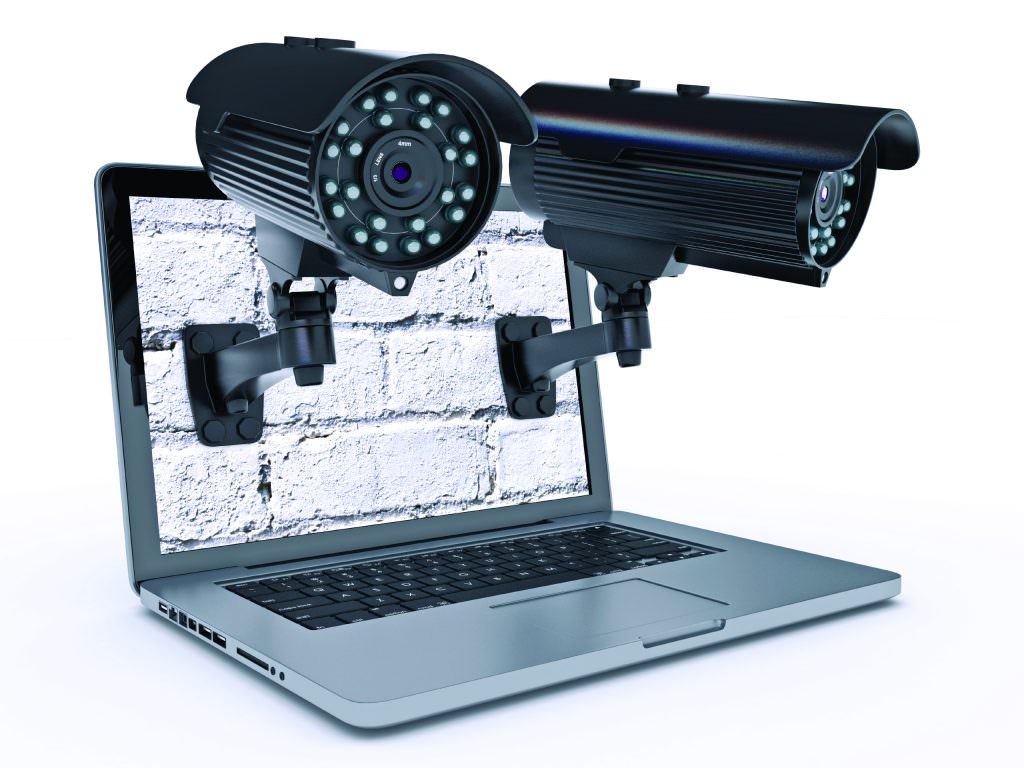Integrating Intrusion

Video and access have converged on the network; the time has come for intrusion detection to join them

Mark Jarman, Inovonics
By any measure, IP communication is the most important trend in electronic physical security in decades. Although IP entered security technology as a solution to managing large amounts of video data generated by digital cameras, it now facilitates communication between disparate security systems so that each can leverage and incorporate the other’s subsystem domain knowledge and features. This communication between devices is commonly referred to as IP convergence. It results in a system that promises better overarching functionality and, ultimately, a more intelligent and more complete threat response.
Good systems integration adds value to the total system, enabling capabilities and benefits through interaction, and sharing, between the subsystems.
We are only in the beginning stages of true convergence between the two historically separate electronic security disciplines of video and access control. However, the trend is clear, and it will ultimately include the third discipline of intrusion detection.
The Rise of IP in Commercial Security
Video was the first security technology to move toward IP enablement, which granted a whole host of new benefits by making images digital and using IT equipment and methods to move data, analyze it, and store it most efficiently. And the marketplace responded: According to IHS, sales of IP video equipment surpassed sales of traditional analog video equipment in the United States in 2013.

The success of IP video has led to a similar move toward IP-enabled access control. Traditionally, access control was connected to a dedicated host computer using the serial RS-485 protocol. Now, a growing number of access control systems are taking advantage of IP controllers. As a result, the video versus access rivalry has strengthened, but so has their combined value proposition. Before convergence, these two systems could only be made to communicate with one another through customized software and/or hardware, usually deployed and maintained by leading integrators or professional IT departments/firms. Now, when IP-enabled, they communicate using the same language, share similar data and execute decisions based on the sharing of inputs.
The benefits are greater scalability, the flexibility to expand the number of doors and cameras one at a time, and the connecting of features and functions in a way that enhances each technology’s value. All events are logged in the same way at the same time, providing a more coherent picture of a given situation.

Why Should Intrusion Be Part of the IP party?
Why is intrusion a good candidate for IP convergence? Intrusion detection systems consist of multiple strategically-placed sensors that communicate a change-of-state from normal conditions, indicating a security event, at a relatively low cost with high performance. In other words, intrusion detection is a good value. For example, a door is either open or closed, motion is either detected or not, infrared beam interruption or glass break detection occurs or does not. Typically, these sensors connect to a control panel, which interprets the results and sends them to a central station to further investigate or initiate a response.
Intrusion devices are perfectly situated for the same kind of IP-enablement seen in the access control and video sectors. This would provide additional benefits, and at a value, on top of what has already been realized by the IP convergence of access and video. An IP-enabled motion sensor, for example, can trigger an IP-enabled camera to increase its frame rate before a subject enters the field of view, increasing the likelihood that the images needed for identification will be captured. Sure, you can add another camera, but is the system’s performance enhancement worth the additional camera drop, or is the value offered by the convergence of intrusion with access and video greater with the addition of a relatively low-cost sensor?
Taking another step in this concept development, an IP-enabled access control system that includes IP-integrated sensors could conceivably respond to an unknown intruder detected at the perimeter of a facility with a lockdown before entry is even attempted.
With proper system design, the end user achieves tremendous advantages by using video, access control and intrusion sensors all integrated into a single solution.
So why are only two of the three security technologies being leveraged in this way? Why isn’t there more of a push to include the IP communications integration of intrusion sensors in commercial security systems?
For starters, cameras generate a lot of data, and higher-quality images can be handled more efficiently over a high-speed communications bus, so IP-enabling here makes perfect sense. Access control databases, meanwhile, are well handled by servers and are similarly architected to IT networks, with intelligence distributed at the controllers of the doors themselves, so IP-enabling makes sense here, as well. In contrast, intrusion sensors do not create much data and, therefore, do not require a high-speed network or massive storage.
The fit to IP seems to feel like hitching a locomotive engine to a shopping cart. It’s just overkill, unless you recognize the added value associated with the convergence of intrusion with video and access control.
For even greater value, commercial-grade wireless networks make the installation of intrusion sensors much easier and more cost-effective than before. There are few or no conduit runs, and devices are constantly monitored for their state-of-health. Outdoor trenching is often avoidable, perimeter detection can be far more cost-effectively established, and there is less overall business disruption with a wireless installation.
Open Standards Development Needed for Video, Access and Intrusion
Let’s say you are convinced that it makes sense to put all three pillars of security on an interoperable, IP-based platform. It’s a beautiful vision, but it can be difficult to realize. Why? There are a wide variety of very technical packet, document and object-oriented communication protocol options within the IP-protocol environment. The video, access and intrusion subsystems have different device types, and each has a different definition, behavior, expected output, and status or fault condition.
Just talking IP does not solve the tough integration problems. There must be broadly developed and accepted open standards for communication between and among the subsystems.
Only then can end users, installers and integrators enjoy cost-effective, reliable, fully-functioning, and scalable systems that operate as a coordinated and coherent whole.

Industry standards are one way the security industry can achieve this, but it cannot be done without the support and involvement of end users. Great effort has been exerted among manufacturers to create open standards that will provide a universal connectivity schema. Take, for example, the Physical Security Interoperability Alliance (PSIA) and the Open Network Video Interface Forum (ONVIF). Each has been in existence for some time now, but neither has the full support of a majority of the industry. If the metric is end user demand and adoption, the efforts, as well intended as they are, are fragmented at best. Neither of these organizations provides comprehensive attention or appropriate weighting for all three disciplines. This creates an imbalance in the marketplace that, unfortunately, end users are left to sort through to decide if and where there is additional value. Thus far, they have demonstrated an unwillingness to do so because wide-scale adoption just is not there.
Now that intrusion has been entered into the IP convergence discussion and will gain inclusion into the lexicon of open standards and trends, the security industry needs to broaden its view of what it means to focus on end user satisfaction. Higher performance and lower costs are very good places to start and are certainly within our technical grasp today.
Mark Jarman (mjarman@inovonics.com) is president of Inovonics (www.inovonics.com).
Ben Whitmer and Don Commare, both staff members at Inovonics, contributed to this article
